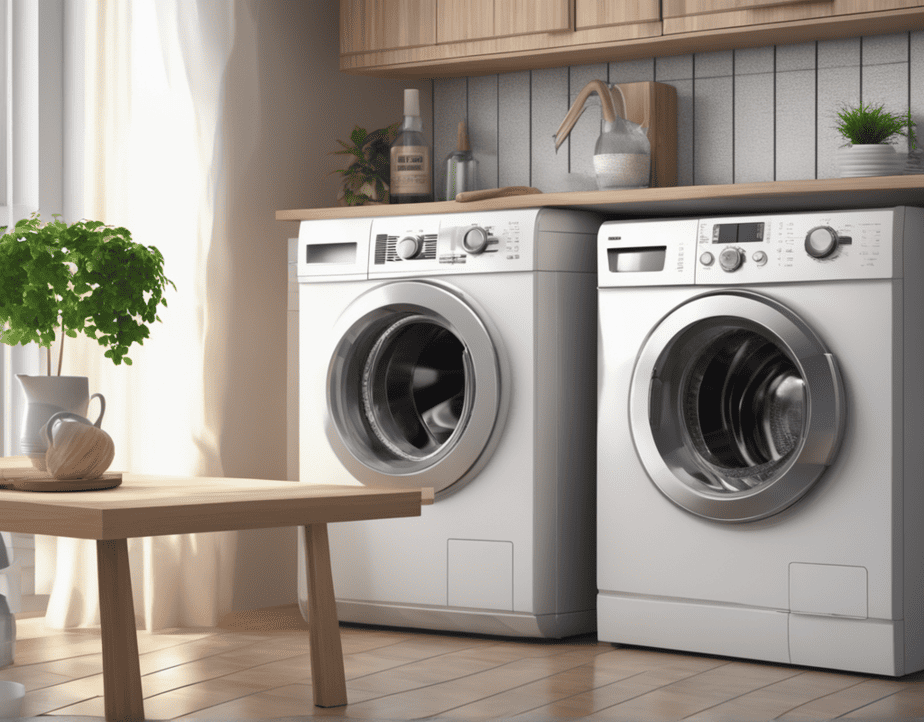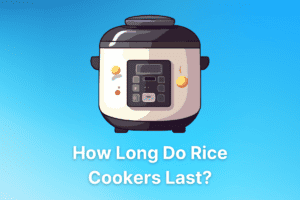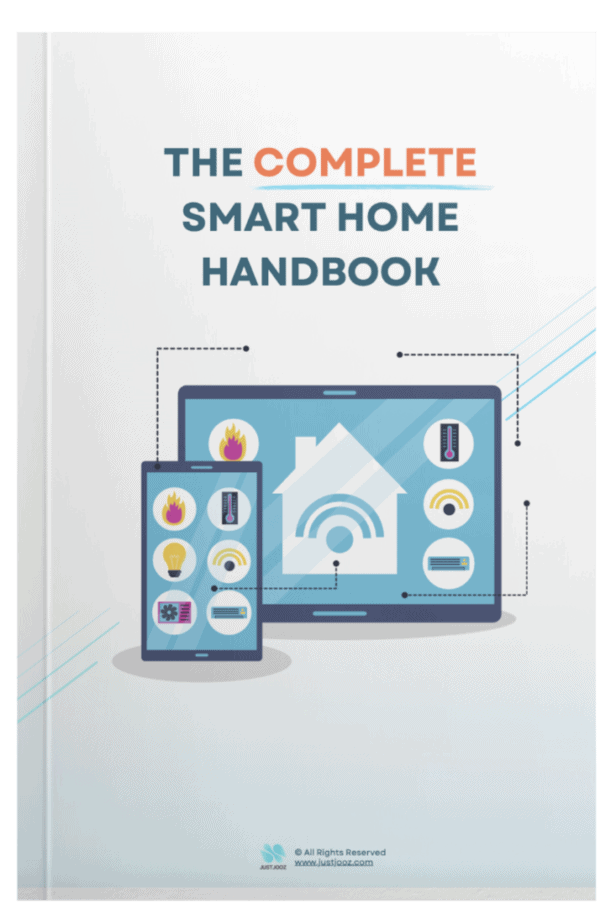9 Washing Machine Problems and Solutions (Solved!)
We’re reader-supported; we may earn a commission from links in this article.
Even the best washing machines break down often, and you don’t know why?
It’s time to solve these common washing machine problems so that you can return to enjoying life more!
In this washing machine troubleshooting guide, I’ll cover how to solve your washing machine problems with practical solutions!
Let’s get into it!

What are some washing machine problems and their solutions?
Don’t worry, most washing machine problems are common and can be solved with a little knowledge and the right approach.
Let’s take a look at these problems and the solutions to fix them.
Washing Machine is Leaking
The first problem that people often experience with their washing machines is leaking.
If you notice water on the floor, it’s likely due to a leak in the hoses or seals of your machine. It could also be coming from the drain pump or overflow pipe.
The best way to solve this problem is to replace worn hoses or seals and look at the drain pump and overflow pipe. In some cases, you may need to call an appliance repair service for further help.
Washing Machine is Not Spinning
Another common washing machine problem is that it won’t spin. This could be due to a faulty washer motor, belt or timer, as well as blockages in the hose or pump.
If you’re having this problem, try cleaning out the hose and checking the belt for any loose connections. You may also need to replace the motor if it’s beyond repairs.
Washing Machine is Making Too Much Noise
A loud washing machine can be unbearable.
If your washing machine is making too much noise, it could be due to a faulty bearing or motor. You’ll need to check the bearings for any wear and tear and replace them if necessary. You may also want to consider replacing the motor if the noise persists.
Washing Machine is Not Dispensing Soap
When your new washing machine isn’t dispensing soap, it can be a significant issue, affecting the cleanliness of your laundry. This could be due to a clogged or malfunctioning detergent drawer.
To resolve this, you’ll want to clean the detergent drawer thoroughly, ensuring that all detergent residue is cleared.
If the problem persists, it’s possible that the water inlet valve, which controls the flow of water into the detergent drawer, may be faulty. In this case, you may need to consider replacing this part.
Remember, if these issues prove too challenging to tackle on your own, don’t hesitate to call in a professional.
Washing Machine Doesn’t Fill Up With Water
If your machine isn’t filling up with water, it could be due to a faulty inlet valve or a blocked filter. You’ll want to check the inlet valves for any damage or blockages that are preventing the water from flowing into the drum. If you can’t find any problems, you may need to replace the inlet valves or clean the filter.
Washing Machine is Overflowing
If your washing machine is overflowing, it could be due to a faulty pressure switch or washer drain pipe. You’ll want to check the switch and ensure that it’s working correctly and not clogged up with debris. If this doesn’t solve the issue, you may need to replace the pressure switch or drain pipe.
Washing Machine is Not Draining
If your machine isn’t draining properly, it could be due to a faulty pump or blockage in the drain hose. To resolve this issue, you’ll want to check for any blockages in the drain hose and clean out any debris that may be causing the blockage. If this doesn’t work, it’s possible that the pump may need to be replaced.
Washing Machine is Not Starting
If your washing machine won’t start, it could be due to faulty wiring or a blown fuse. You should check the wiring and replace any broken cables if necessary. Additionally, you’ll want to check the fuse and replace it if necessary.
Clothes Come Out Ripped or Damaged
If you notice that your clothes come out of the washing machine ripped or damaged, it could be due to a faulty agitator. You should inspect the agitator for any damage and replace it if necessary.
Washing Machine Smells Bad
If your washing machine has a bad odor, it could be due to mold or mildew buildup. To prevent this from happening, you should clean the gasket and drum on a regular basis to ensure that there is no buildup of bacteria or dirt.
What is the most common problem with washing machines?
The most common problem with washing machines is a leaking issue. This can be caused by worn hoses and seals, a blocked pump or overflow pipe, and more.
Following the steps in this article should help you troubleshoot the issue and find an effective solution. Additionally, if the problem persists, it’s best to call in an appliance repair service for further assistance.
What is the life expectancy of a washing machine?
On average, a washing machine should last for around 10-15 years. However, it is important to note that this can vary depending on the make and model of the machine as well as how often it is used. Regular maintenance and repairs can extend the life expectancy of your washing machine, so make sure you service it regularly.
What causes a washing machine to malfunction?
There are several potential causes for a washing machine to malfunction. These can include clogged filters, worn belts and hoses, faulty pumps, and more. It’s important to identify the root of the issue before attempting any repairs as this will help ensure that you get an effective solution.
Why does my washing machine shake violently during spin cycle?
An overloaded drum or an unbalanced load often causes a washing machine shaking during the spin cycle.
You can try redistributing the clothes and rebalancing the load to see if this solves the issue. If it persists, then it’s likely that you may need to contact a professional technician for further assistance.
Using Too Much Detergent
Overloading your washing machine with detergent or fabric softener can cause a range of problems.
Not only can it prevent your clothes from getting properly cleaned, but it can also lead to the buildup of soap scum and residue in the drum of your washing machine and its components.
This residue can interfere with the proper functioning of your machine, leading to issues such as inefficient drainage, unpleasant odors, and even damage to the machine’s inner workings over time.
If your washing machine is producing excessive suds during a wash cycle, or if you’re finding residue on your washed clothes, these are telltale signs that you might be using too much detergent.
To resolve this, it’s recommended to use only the amount of detergent specified by the detergent manufacturer, and ensure you are using a detergent that is appropriate for the type of washing machine you have.
Routine cleaning of your washing machine can also help prevent the buildup of detergent residue.
This involves running an empty wash cycle with a washing machine cleaner or a homemade solution of vinegar and baking soda every few months.
In the long run, not only will this extend the lifespan of your machine, but it will also improve the effectiveness of your washes.
The Lid Switch
The lid switch is another critical component in a washing machine that can cause operational issues when malfunctioning.
It’s essentially a safety feature designed to prevent the washing machine’s agitator and drum from rotating while the lid is open, protecting users from potential accidents.
If your washing machine is not starting or stopping mid-cycle, a faulty lid switch could be the culprit.
You can often diagnose a problen if the washing machine does not spin, drain, or if it won’t start at all.
Conclusion
Most washing machines are reliable, durable appliances that are designed to last a long time. However, from time to time they may experience problems due to wear and tear, incorrect usage or other technical issues.
The good news is that most washing machine problems can be easily solved with the right knowledge and tools. If you’re familiar with your washing machine, you should be able to tackle most minor issues without any professional help.
For more serious problems, however, it’s important to contact an appliance repair service as they have the expertise and knowledge necessary to identify and resolve the issue quickly and effectively.
No matter what type of washing machine problem you’re facing, following the steps outlined here should get you back on track in no time!
We hope this article has given you a better understanding of the most common washing machine problems and solutions.
All the best with fixing your washing machines!

Justin Chia
Justin is the author of Justjooz and is a data analyst and AI expert. He is also a Nanyang Technological University (NTU) alumni, majoring in Biological Sciences.
He regularly posts AI and analytics content on LinkedIn, and writes a weekly newsletter, The Juicer, on AI, analytics, tech, and personal development.
To unwind, Justin enjoys gaming and reading.




